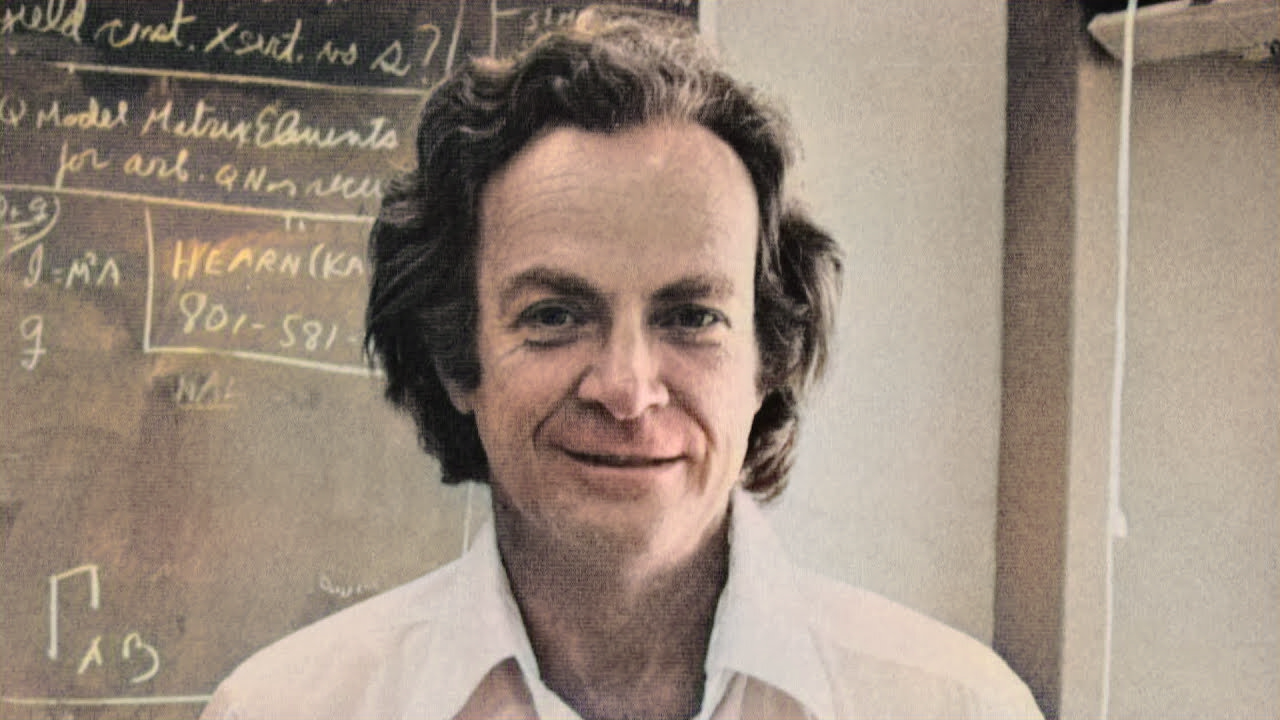
Set up at a base price of $400,000, the letter containing Einstein's most well known formula has sold for $1.2 million at an auction conducted by RR Auction.
The letter is said to be one of the three written records of Einstein's famous equation. It was sent to Polish-American physicist Ludwik Silberstein in 1946.
In this equation, energy is equal to mass, multiplied by the square of the velocity of light. It shows that very small amounts of mass may be converted into a very large amount of energy and vice versa.
For example: In an atomic bomb, uranium is transformed into krypton and barium. Their combined mass is slightly less than the mass of the original uranium. Though the difference is small, by virtue of speed of light, the energy which is released is enormous.
During the Second World War, Einstein feared that Germans might develop an atomic weapon based upon his groundbreaking discovery.
So, despite being a long-time pacifist, Einstein wrote a letter to Franklin Roosevelt, the then President of the United States, to urge him to develop the atomic bomb before the Germans.
Thus, today, the equation is dear to not only physicists but also to history lovers. Auction of the letter began on 13 May and its rarity set off a bidding war among five parties.
Sold for more than $1.2 million, the letter has garnered about three times more money than it was expected to get.


























 Physics, astronomy and science history blog for students
Physics, astronomy and science history blog for students